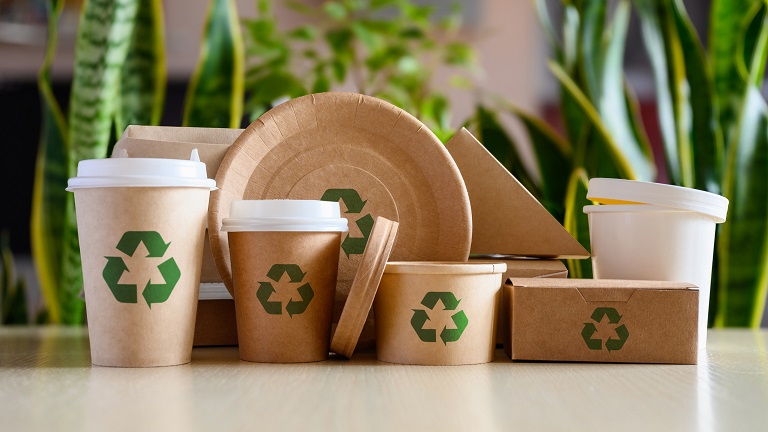In today’s environmentally conscious world, understanding how to calculate print waste is crucial for any business aiming to improve its sustainability practices. Whether you’re a small business owner or part of a large corporation, minimizing print waste not only helps the environment but also reduces costs and enhances efficiency.
The process of calculating print waste involves assessing the amount of wasted materials during the printing process. By identifying waste, businesses can implement strategies to reduce it, leading to more sustainable operations. Let’s explore how you can effectively manage and reduce print waste in your organization.

Understanding Print Waste
What is Print Waste?
Print waste refers to the unused or discarded materials generated during the printing process. This can include excess paper, ink, and other resources that are not utilized in the final product. Identifying and reducing print waste is essential for both economic and environmental reasons.
Types of Print Waste
There are several types of print waste, including:
- Paper Waste: Excess or misprinted paper that is discarded.
- Ink Waste: Unused ink that remains in cartridges or is discarded during cleaning.
- Time Waste: Time lost due to inefficient printing processes.
Steps to Calculate Print Waste
Step 1: Analyze Printing Processes
Begin by analyzing your current printing processes. Identify areas where waste is most likely to occur, such as overprinting or incorrect settings leading to misprints. Consider the use of sustainable printers that optimize resource usage.
Step 2: Measure Paper Usage
Track the amount of paper used versus the amount of paper wasted. This will give you a clear picture of your paper waste. Implementing print-friendly fonts can significantly reduce paper usage.
Step 3: Monitor Ink Consumption
Regularly check ink levels and usage patterns. Keep a record of ink used and discarded to measure ink waste. Opt for eco-friendly options that can minimize waste.
Step 4: Evaluate Print Job Efficiency
Assess the efficiency of each print job. Are there repeated errors causing reprints? Reduce errors by enhancing printer settings and using reliable software to manage print jobs effectively.
Strategies to Reduce Print Waste
Implementing Print Policies
Establish clear print policies that encourage responsible printing. Encourage double-sided printing and the use of digital documents whenever possible.
Utilizing Technology
Leverage technology to track and manage print jobs. Software solutions can help monitor usage and identify areas of improvement. Consider investing in software that provides detailed reports on print usage and waste.
Benefits of Reducing Print Waste
Environmental Impact
Reducing print waste significantly benefits the environment by conserving natural resources and decreasing landfill contributions. For more tips on reducing waste, visit waste reduction tips.
Cost Savings
Minimizing waste leads to substantial cost savings. By using resources more efficiently, businesses can reduce their operational costs and increase profitability.
Enhanced Brand Reputation
Adopting sustainable practices enhances a company’s reputation. Customers are increasingly drawn to businesses that demonstrate environmental responsibility.

FAQs
How can I start reducing print waste today?
Begin by analyzing your current print processes and looking for quick wins, such as switching to double-sided printing or using digital documents when possible.
What tools can help manage print waste?
There are several software solutions available that track print usage and waste, providing detailed reports to help identify areas for improvement.
Why is reducing print waste important?
Reducing print waste is crucial for environmental conservation, cost savings, and improving a company’s public image.
By understanding how to calculate print waste and implementing strategies to reduce it, businesses can move towards more sustainable and efficient printing practices. Embrace these changes and contribute to a greener future.
This article contains affiliate links. We may earn a commission at no extra cost to you.







